Ivstitia Ltd is now Connektivity Limited
We are writing to share some exciting news that marks a significant milestone in our company’s journey – a change in our company name from Ivstitia Limited to Connektivity Limited. This transition comes as a result of the Connektivity group’s acquisition of Ivstitia Limited in February 2023. Since then, we have been working diligently to […]



